For most automotive applications a battery needs to supply a lot of current for a short period of time to turn over the engine and get the car started. With the engine running, the car's alternator produces all the power the car needs. Thin plates inside a starting battery increase the surface area and produce this relative burst of energy. Thicker plates in a deep cycle battery provide a steady amount of current over a long period of time. Deep cycle batteries excel in reserve capacity (RC), which is measured in the number of minutes that the battery can deliver 25 amps while keeping its voltage above 10.5 volts. But deep cycle batteries don't do as well in cold cranking amps (CCA), which is measured for 30 seconds at 32 degrees F. For a lesson in the fundamentals of car batteries, watch this video tutorial.
Just updated your iPhone? You'll find new emoji, enhanced security, podcast transcripts, Apple Cash virtual numbers, and other useful features. There are even new additions hidden within Safari. Find out what's new and changed on your iPhone with the iOS 17.4 update.





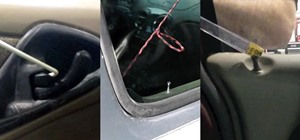
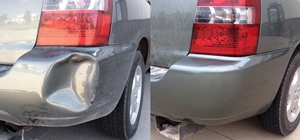

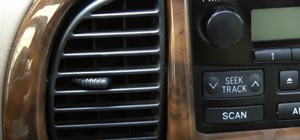
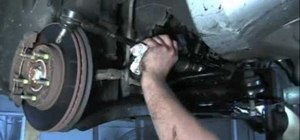
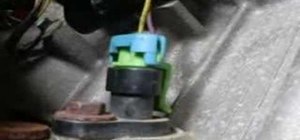


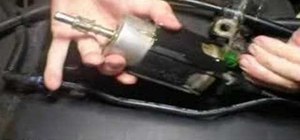
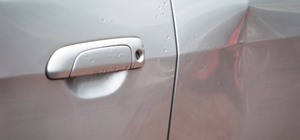
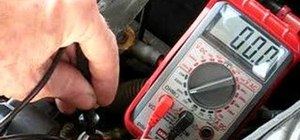

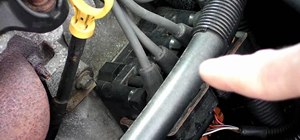
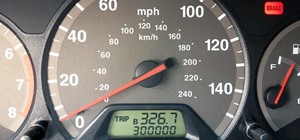
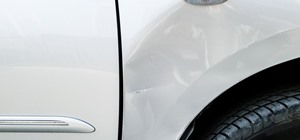

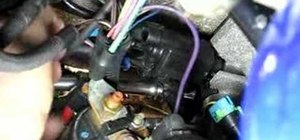
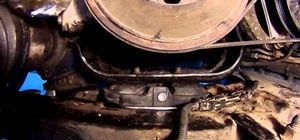


Be the First to Comment
Share Your Thoughts